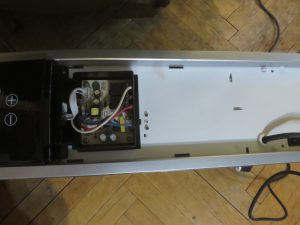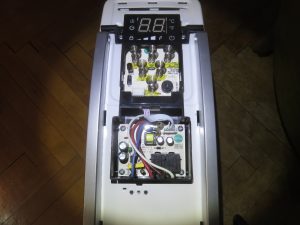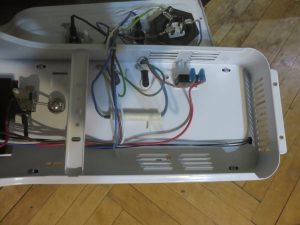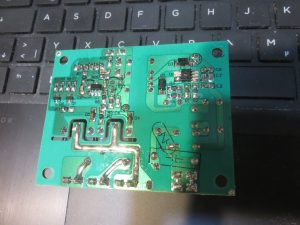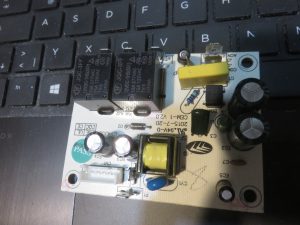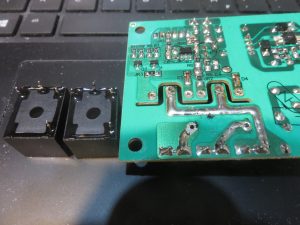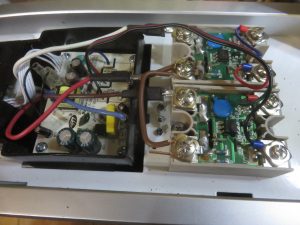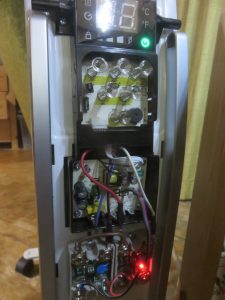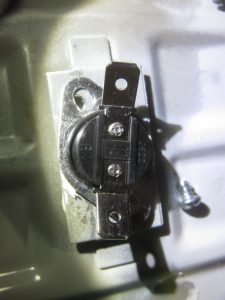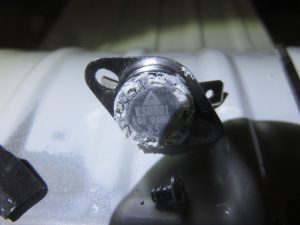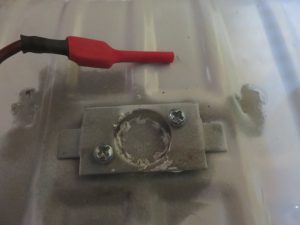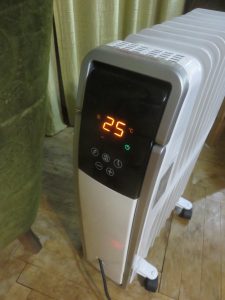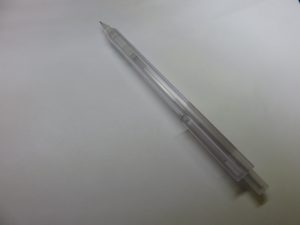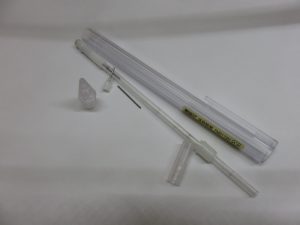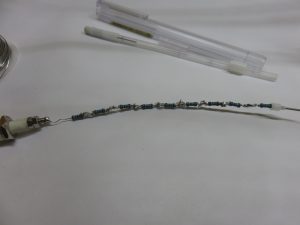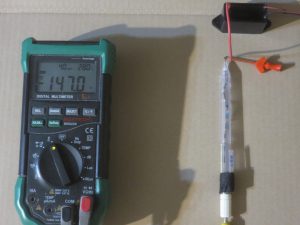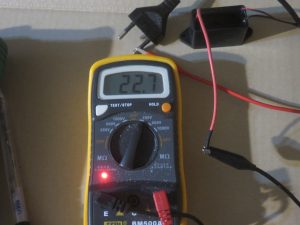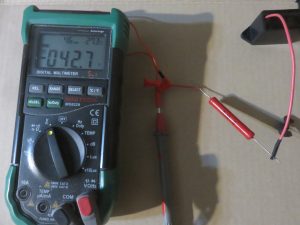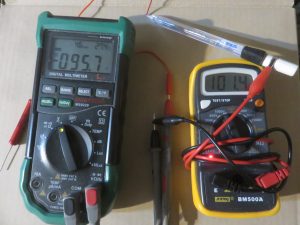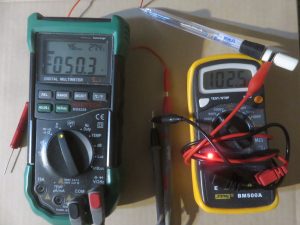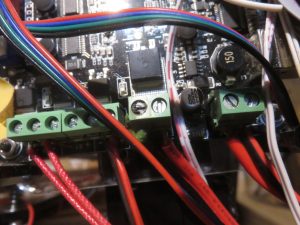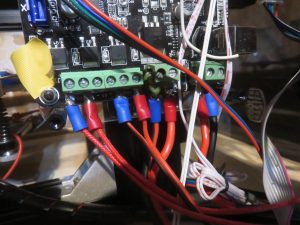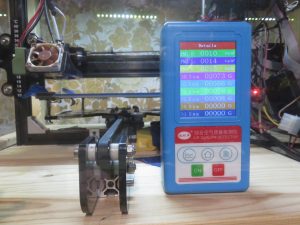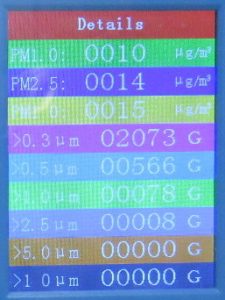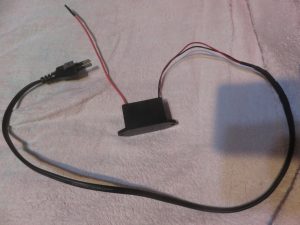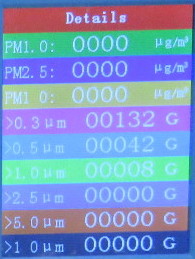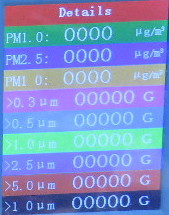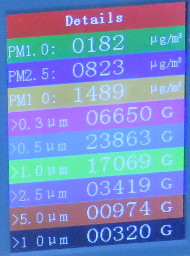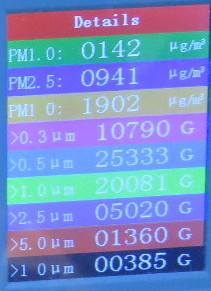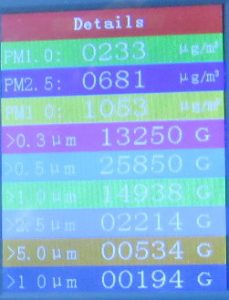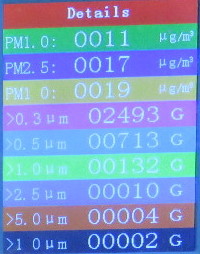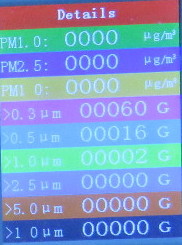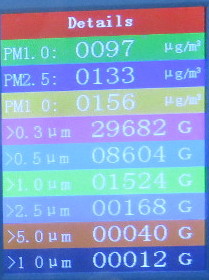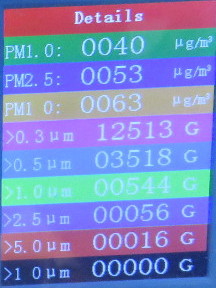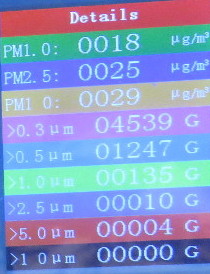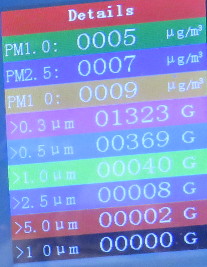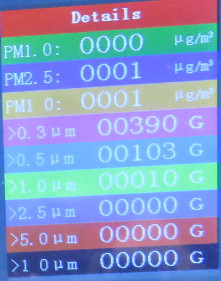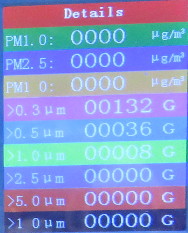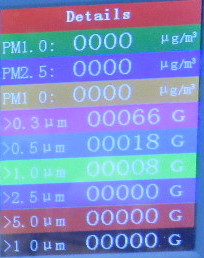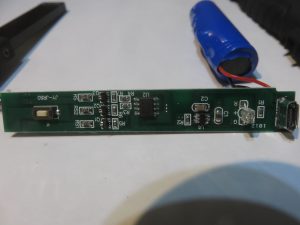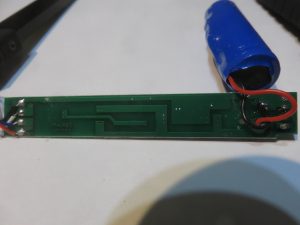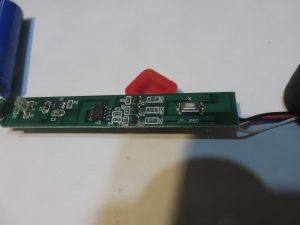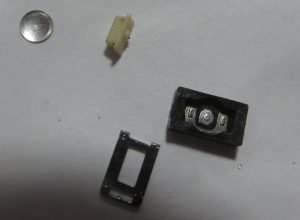Another ARM failure
A few days ago when i wanted to run some benchmarks on my cubox, i run into some odd errors, investigation led to the micro sd card. There where several bad sectors that could not be read anymore.
Thats the first time ive myself seen a sandisk micro sd fail. ive seen transcend (really quickly) and kingston (not so quick) fails but no sandisk or samsung till now.
Another point for FATE, another disk it won against…
But how badly damaged is the sd card? ive run ddrescue on it for a few days:
# ddrescue -r 5 /dev/sdd backups/cubox-2019-01-07 backups/cubox-2019-01-07.log
GNU ddrescue 1.17
Press Ctrl-C to interrupt
Initial status (read from logfile)
rescued: 7947 MB, errsize: 493 kB, errors: 217
Current status
rescued: 7947 MB, errsize: 254 kB, current rate: 0 B/s
ipos: 7389 MB, errors: 48, average rate: 122 B/s
opos: 7389 MB, time since last successful read: 1.5 m
Finished
# ddrescue -r 20 /dev/sdd backups/cubox-2019-01-07 backups/cubox-2019-01-07.logGNU ddrescue 1.17
Press Ctrl-C to interrupt
Initial status (read from logfile)
rescued: 7947 MB, errsize: 254 kB, errors: 48
Current status
rescued: 7948 MB, errsize: 193 kB, current rate: 0 B/s
ipos: 7389 MB, errors: 37, average rate: 10 B/s
opos: 7389 MB, time since last successful read: 7.2 m
Finished
# ddrescue -r 40 /dev/sdd backups/cubox-2019-01-07 backups/cubox-2019-01-07.logGNU ddrescue 1.17
Press Ctrl-C to interrupt
Initial status (read from logfile)
rescued: 7948 MB, errsize: 193 kB, errors: 37
Current status
rescued: 7948 MB, errsize: 176 kB, current rate: 0 B/s
ipos: 7389 MB, errors: 36, average rate: 1 B/s
opos: 7389 MB, time since last successful read: 41.4 m
Finished
# ddrescue -r 80 /dev/sdd backups/cubox-2019-01-07 backups/cubox-2019-01-07.logGNU ddrescue 1.17
Press Ctrl-C to interrupt
Initial status (read from logfile)
rescued: 7948 MB, errsize: 176 kB, errors: 36
Current status
rescued: 7948 MB, errsize: 172 kB, current rate: 0 B/s
ipos: 7389 MB, errors: 35, average rate: 0 B/s
opos: 7389 MB, time since last successful read: 4.7 h
Finished
# ddrescue -r 160 /dev/sdd backups/cubox-2019-01-07 backups/cubox-2019-01-07.logGNU ddrescue 1.17
Press Ctrl-C to interrupt
Initial status (read from logfile)
rescued: 7948 MB, errsize: 172 kB, errors: 35
Current status
rescued: 7948 MB, errsize: 163 kB, current rate: 0 B/s
ipos: 7389 MB, errors: 33, average rate: 0 B/s
opos: 7389 MB, time since last successful read: 41.7 m
Finished
# time ddrescue -r 320 /dev/sdd backups/cubox-2019-01-07 backups/cubox-2019-01-07.logGNU ddrescue 1.17
Press Ctrl-C to interrupt
Initial status (read from logfile)
rescued: 7948 MB, errsize: 163 kB, errors: 33
Current status
rescued: 7948 MB, errsize: 151 kB, current rate: 0 B/s
ipos: 7389 MB, errors: 30, average rate: 0 B/s
opos: 7389 MB, time since last successful read: 4.7 h
Finishedreal 1119m16.116s
user 0m1.274s
sys 0m3.877s
# time ddrescue -r 640 /dev/sdd backups/cubox-2019-01-07 backups/cubox-2019-01-07.logGNU ddrescue 1.17
Press Ctrl-C to interrupt
Initial status (read from logfile)
rescued: 7948 MB, errsize: 151 kB, errors: 30
Current status
rescued: 7948 MB, errsize: 147 kB, current rate: 0 B/s
ipos: 4393 MB, errors: 30, average rate: 0 B/s
opos: 4393 MB, time since last successful read: 15.1 h
Retrying bad sectors… Retry 375^C
Interrupted by userreal 1236m21.926s
user 0m1.383s
sys 0m4.204s
Its interesting to note that even after quite some time there are still damaged sectors which can be recovered. It was just myself loosing patience that made me stop it. Also i have a backup somewhere IIRC so this recovery was just out of curiosity. And maybe ill play more with this card in the future to see if theres anything that can be done to improve recovery.
Hopefully ill have the cubox with a new sd card up and running fate soon again … (should be quite trivial)

